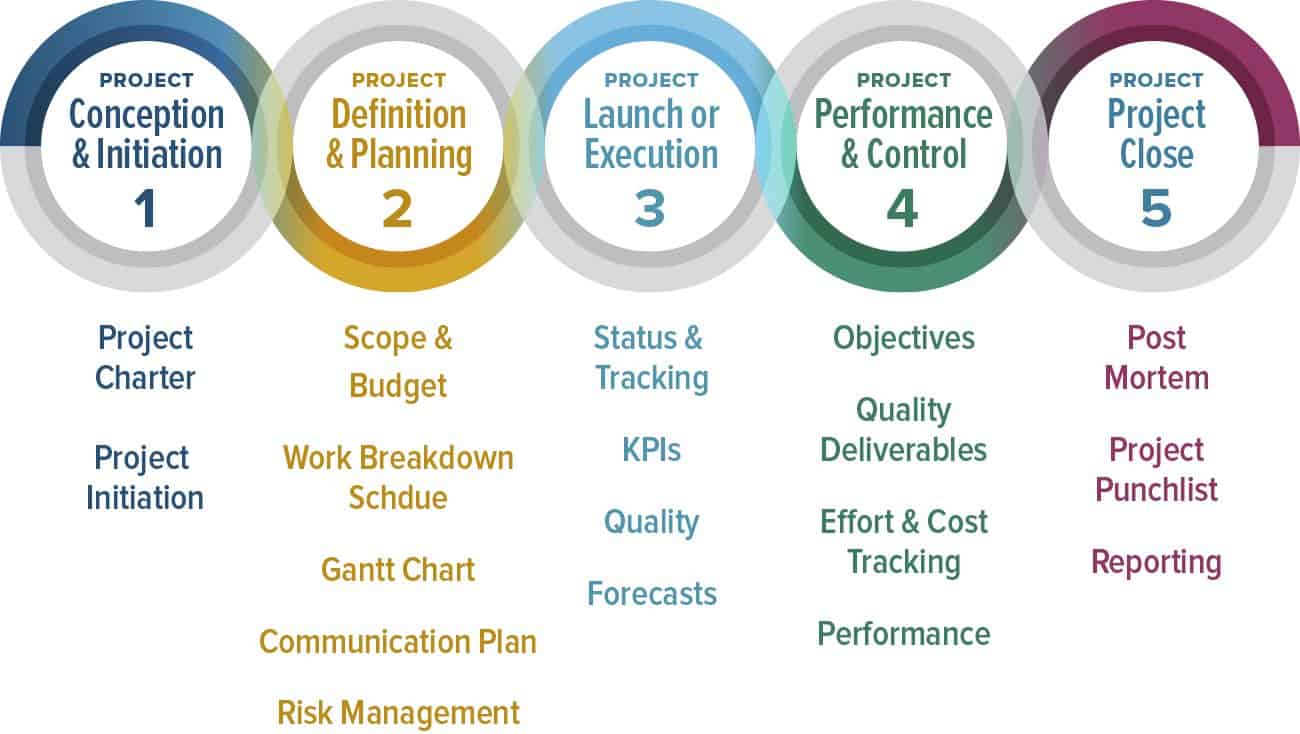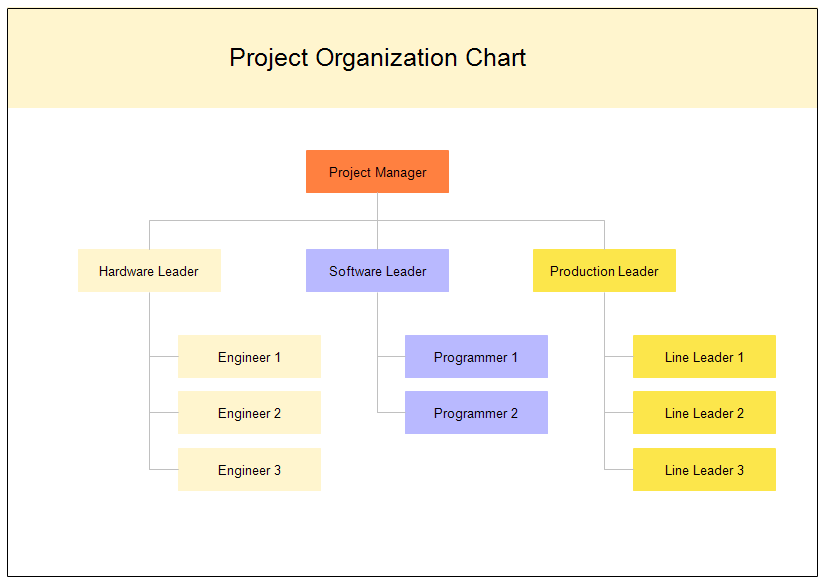Providing the Groundwork
for Project Planning - The Project Definition
The second
blog will primarily be about the phase, project definition. This will be
section from the project management (PM) process that will enable the groundwork
for the essential project planning. Some may say that a project has a defined
end complete with a defined start and has a one-time set of activities. The Project
management process is defined as the combination of knowledge, skills,
techniques and tools applied together in order to meet the project
requirements. There are five phases of the project management which are essentials
on how to plan and accomplish project goals (Esposito, 2015) .
5
Phases of Project Management
Phase
2: Project Definition & Planning
This phase plays
a critical role in planning a project as it provides the roadmap for everyone
to follow. This roadmap should assist in making the understanding of the
project more durable. During this phase, a project plan and project scope, are
defined. This definition is usually put in writing so the project management
plan can be developed. The PM team will prioritize the project, identify costs,
determine what resources are required, and establish a schedule in order to
determine if the project in on track (Esposito, 2015).
At this stage
or phase, all project team members will know their roles and what they’re
accountable for in order to deliver a successful project. There is a number of
documents this phase requires to create, such as:
Scope
Statement -- a
document outlining project’s needs, objectives, deliverables, identifying the constraints
and key success factors.
WBS
(Work Breakdown Schedule) – a key deliverable of visual representation of
the team work divided into manageable sections.
Milestones – these are
high-level goals that the team want to achieve which are represented in the
Gantt Chart
Gannt Chart – provides a visual illustration of a project’s
planning and scheduling of specific tasks.
Communication
Plan – involves a plan for instant communication and
proper messaging around the project. It is based on a deliverable and
milestones.
Risk Management Plan – here we identify all foreseeable
risks. Typical risks may consist of
lack of finances, impossible time frames, slashing budgets, requirements forever
changing or a shortfall of resources to name but a few.
All projects have
risks, it is how the PM deal with the risks that will make a project stand out.
Making sure they’re identified, early in the project planning is a must. Phase two
provides help to PMs in identifying risks. This action aims to minimise the
risk of a failure, costs associated with it, and avails to avoid unnecessary
activities that reduces time and energy.
References:
Comprehensive Guide to the 5 Phases of
Project Management . [Online] Available at: https://www.smartsheet.com/blog/demystifying-5-phases-project-management.
[accessed 16 February 2018].



No comments:
Post a Comment